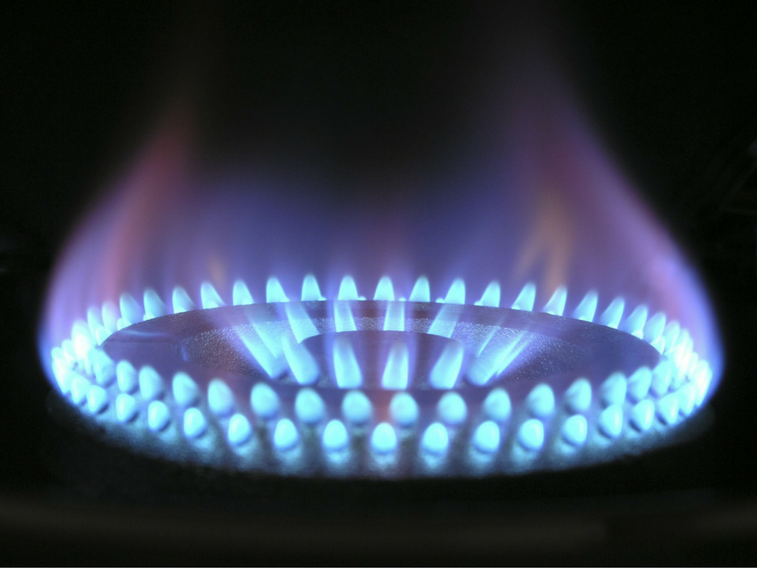Online retail sales growth slowed in May following a fairly strong April


Insight
While prices are likely to stay subdued for some time, increased volume will see the value of exports increase significantly.

For further details, please see the attached report.
© National Australia Bank Limited. ABN 12 004 044 937 AFSL and Australian Credit Licence 230686.